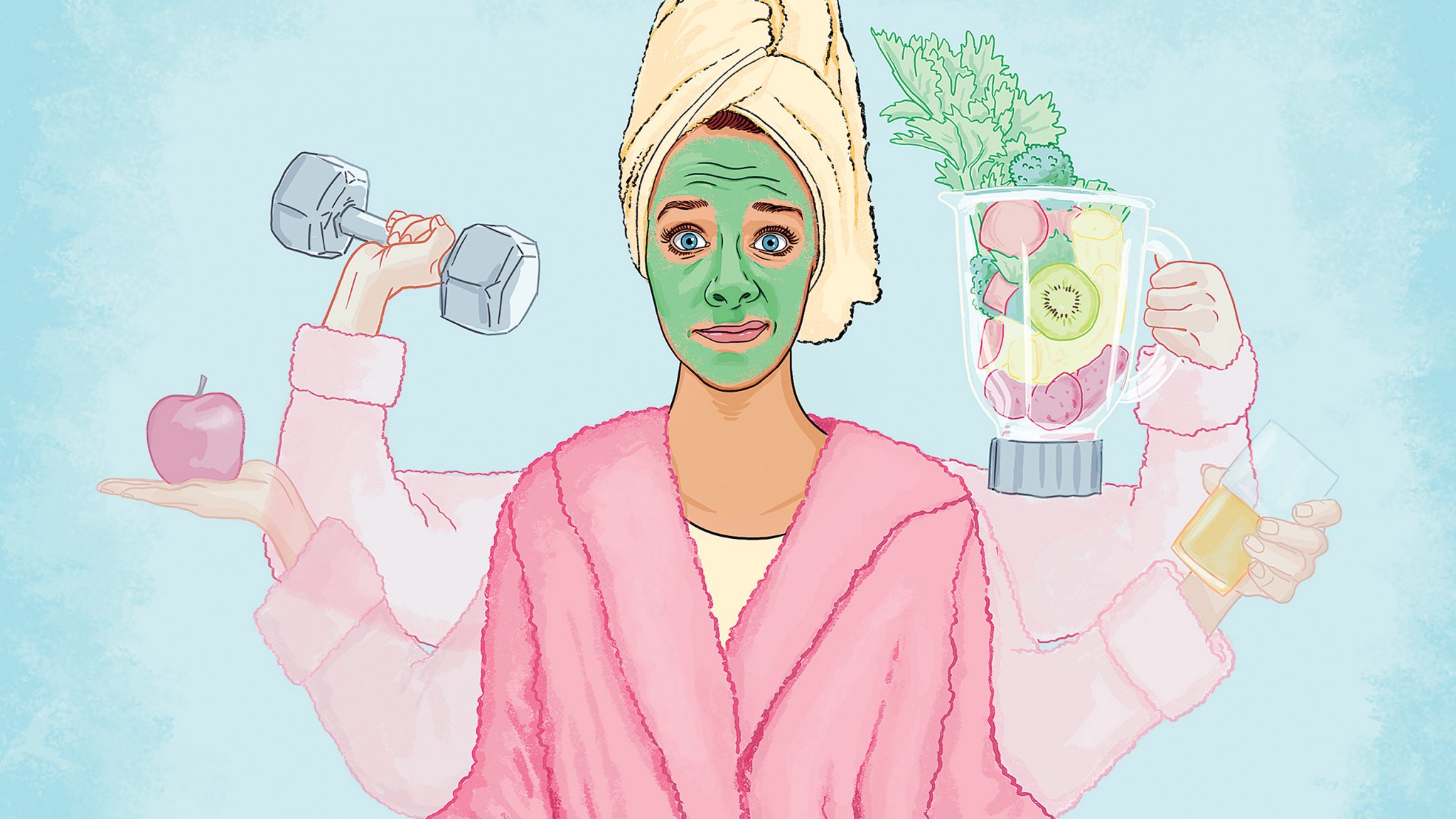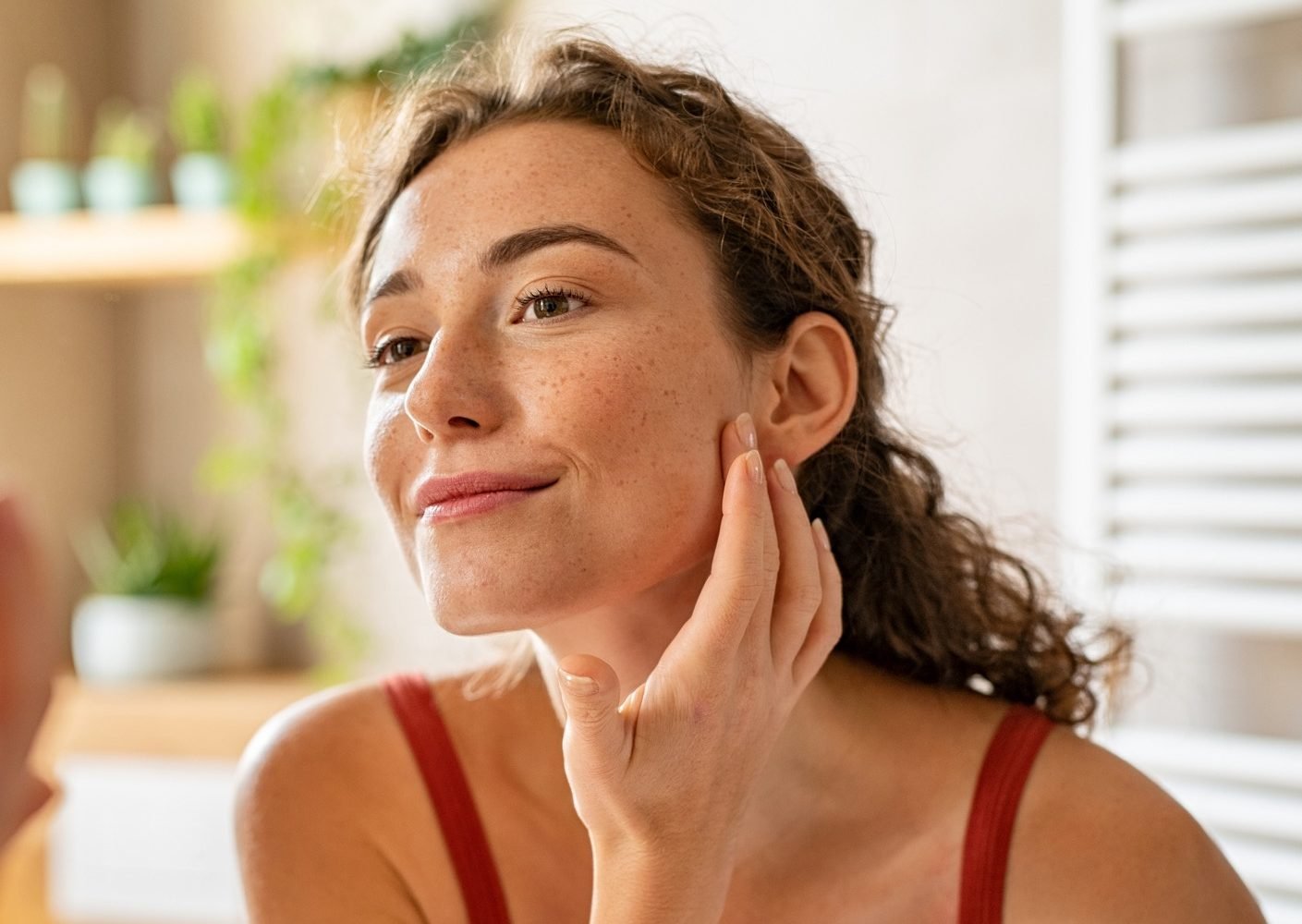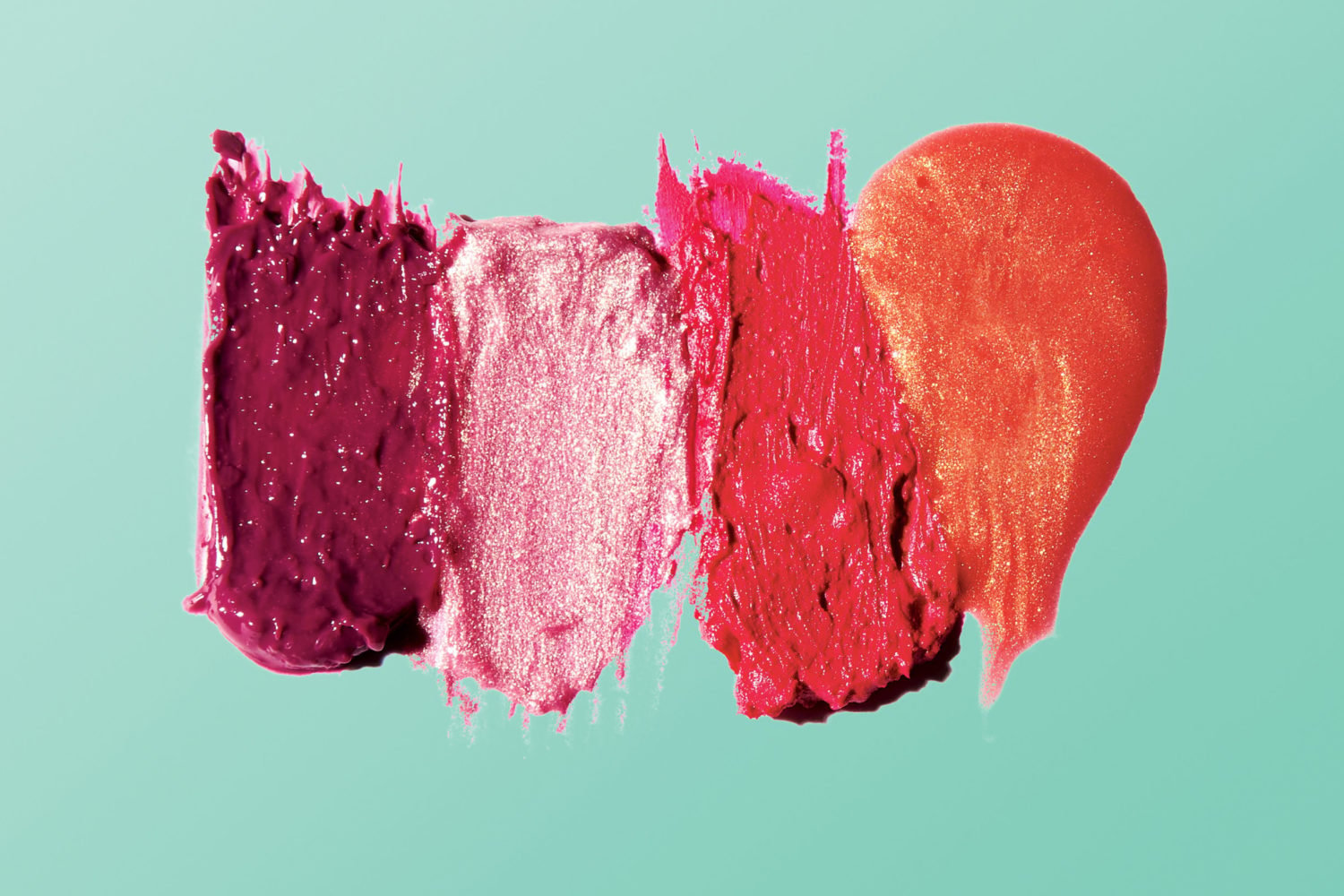Once upon a time, a scientist developed a fabulous potion that he said could reverse aging—an injection that would turn back the clock and restore youth. The “elixir,” as it became known, made headlines—celebrated all over the media, in advertisements, in popular music. Physicians and scientists debated its merits, and professional athletes were even known to dabble in it.
So why didn’t you hear about it on the Today show or in the Washington Post or Vogue? Because this was more than a century ago—and the elixir was made primarily from, well, bulls’ testicles. (No, it did not work.)
Fast-forward 100 years and the same scenario is playing out. Only now there are many more options besides bull-testicle extract. Aging baby boomers are bombarded with ads for a bewildering array of supplements, cosmetic creams, treatments, and drugs, including testosterone and human growth hormone, all promising to bring back youth. They have one thing in common, according to S. Jay Olshansky, a well-regarded demographer of aging at the University of Illinois at Chicago: Not one of these products has been proven to do so.
“There is no cream or other product that has been shown to reverse the aging process,” he told me as I embarked on research for my book Spring Chicken: Stay Young Forever (or Die Trying), a personal investigation into the science of aging that was published last year. After trying many of the most popular antiaging regimens and diving into the science behind them, I was forced to conclude that this gloomy assessment was pretty much true. Treatments such as Botox, face creams, and the strategic use of candlelight might reduce the appearance of wrinkles and other signs of age, yet they do nothing to slow the aging process itself. The Food and Drug Administration regularly smacks down cosmetic manufacturers that claim their products are “antiaging.” (Very few such products, if any, actually repair the biological damage of age.)
The first rule of antiaging: Beware of anything that claims to be antiaging.
So what is an aging boomer—or in my case, Gen-Xer—to do? Luckily, I learned a few things in my research that can help us at least slow down the clock—and unlike that high-priced eye cream, they actually work.
1. Keep Moving
We all know exercise is “good for you,” in some abstract way, but most of us do it for the wrong reasons, such as to lose weight. The jury is still out as to whether exercise helps keep off the pounds. There’s some evidence it prevents weight gain, but less that it can help shed weight that’s already there.
However, what scientists are finding is that exercise is like a powerful drug. In clinical trials, it has proven to relieve or prevent chronic aging-related conditions such as osteoarthritis, back pain, cardiovascular disease, and diabetes. It controls blood sugar, which makes you look younger. (See number 3.) Two major meta-analyses have found that exercise is more effective than many prescription drugs. Not only that, but adults who stay active through middle age and beyond are better able to stay functional later in life.
So what kind of exercise should you do? Brisk walking, the standard advice, is good for beginners and better than nothing, but research shows that more intense exercise brings more benefits. (Translation: You gotta sweat.) Most people tend to gravitate to either strength training, such as lifting weights, or cardio work like running or cycling. The bad news: You have to do both. Research has found that hand-grip strength in middle age is a marker for health later in life, while cardiovascular fitness is also a signature for healthy longevity.
2. Lead a Well-Balanced Life
One of the first things we lose in middle age is our sense of balance, according to data from the Baltimore Longitudinal Study of Aging, a 50-year look at how individuals grow older. Other studies have found that the ability to balance on one foot is directly correlated to healthy longevity. The better your balance, the longer you’re likely to live—and the more graceful you’ll look while doing so. Fortunately, you can train yourself to regain your equilibrium. Yoga helps: Try tree pose while waiting for your coffee to brew in the morning. Bust out Warrior I on the Metro platform. Use a curb as your balance beam. Wait for people to ask if you used to be a dancer.
3. Unsweeten Your Diet
Sugar is everywhere. The average American eats 130 pounds of the stuff each year, or approximately the weight of Cameron Diaz plus a small dog or two. Much of it is hidden in products like bread and pasta sauce. Even Grandma knew sugar was bad for you (as she secretly spooned it into her marinara). But now, thanks to studies on monkeys, we know for sure it shortens your life.
A few years ago, NIH-funded researchers attempted to show that drastically reducing calories overall would extend the life spans of monkeys. They wound up proving that simply cutting sugar—from 30 percent to less than 5 percent—did more to make them live longer and healthier lives. Not only that, but they probably looked cuter to other monkeys as well: Another study found that people with higher blood-sugar levels tend to appear older than they are, when their photos are shown to strangers.
4. Lose the Carbs, Too
That’s not a baked potato—it’s actually a Coke with a peel. High-carbohydrate, high-glycemic foods such as potatoes, pasta, and, sadly, corn on the cob, tend to spike blood sugar, provoking an insulin response that—blah blah blah, long story short—makes you store more fat. The older you get, the harder it is for your body to muster its insulin, which is why the prevalence of diabetes skyrockets after age 50. More than that, research shows that cutting back on carbohydrates is the fastest way to lose weight—always a good thing because . . .
5. Your Fat Wants to Kill You
You probably think your body fat is just an inert layer of flab soaking up all those excess calories from French fries, birthday cake, wine, and chocolate. Would that it were so. Recent research has found that fat does much more than jiggle—it’s a metabolically active organ with surprisingly powerful systemic effects. As we, um, spread out in middle age, we accumulate more visceral fat in our midsection, which isn’t good. That fat spews out all kinds of toxins that promote inflammation and can lead to cancer and diabetes.
6. Embrace a Little Hunger
Many studies show that dieting doesn’t really work, at least not over the long term. A recent analysis of contestants from The Biggest Loser found that many of them eventually rebounded to their “before” weight or worse. But periodic fasting is another story. Some good research suggests that on-again, off-again eating patterns—skipping a day now and then—can actually induce weight loss without necessarily reducing overall food intake. Translation: You can eat dessert, just not every day.
Periodic fasting seems to have other benefits—a recent study showed that it helped abate symptoms of multiple sclerosis. One reason, according to work by University of Southern California scientist Valter Longo, is that in the absence of food, our cells go into “recycling” mode, in which they clean out cellular “junk” and become more stress-resistant. If you can’t hack a full-day fast, try skipping breakfast or lunch.
7. Avoid Antioxidants
That’s right, avoid. Hard to do when even dog food touts its antioxidant content, but despite their sky-high approval ratings, research has consistently failed to uncover solid evidence that consuming antioxidant supplements—such as vitamins C, E, and A as well as beta carotene and selenium—benefits health in any way.
In fact, some recent studies have suggested that antioxidant supplements may even be harmful in some cases, because they could suppress your body’s own antioxidant response, which it needs to combat highly reactive and corrosive oxygen molecules that can damage cells (think rust).
8. Speaking of Supplements . . .
Skip the resveratrol. Like antioxidants, the so-called “red-wine pill” is vastly overrated. It works well in the lab, boosting cellular function and survival, but in humans the liver metabolizes it pretty quickly. Instead, look for its hard-to-spell cousin, pterostilbene, a similar compound also found in wine grapes as well as blueberries and supplements—it has similar effects to resveratrol, but more of it gets into your system. Another supplement with some interesting research results is quercetin, a flavonol found in capers, among other things, that has been shown to help clear out old, dying cells that have stopped dividing. Those senescent cells, as they’re known, cause inflammation and are thought to accelerate aging. Even worse: Many of them are found in fat tissue.
This article appears in our September 2016 issue of Washingtonian.



















